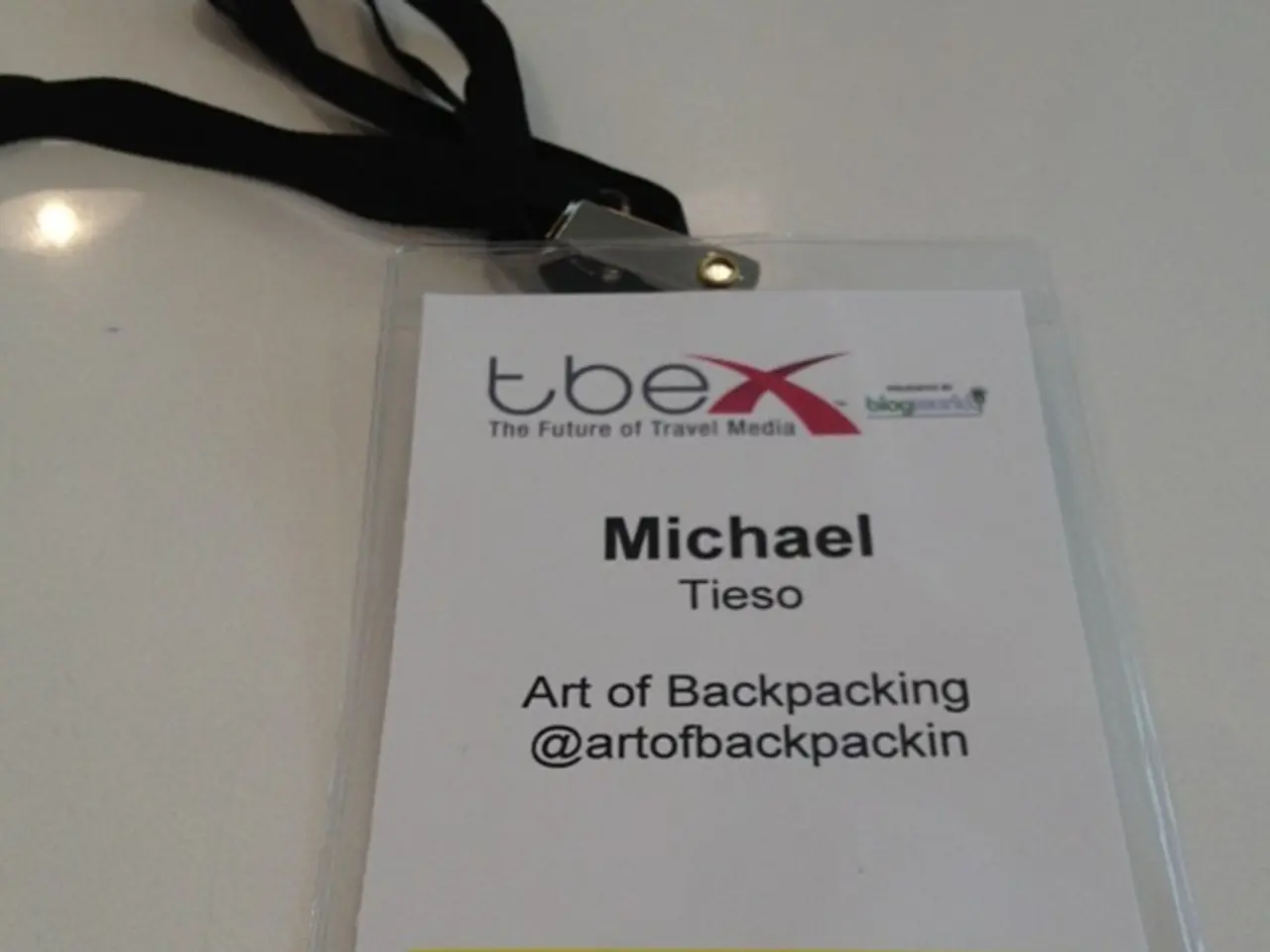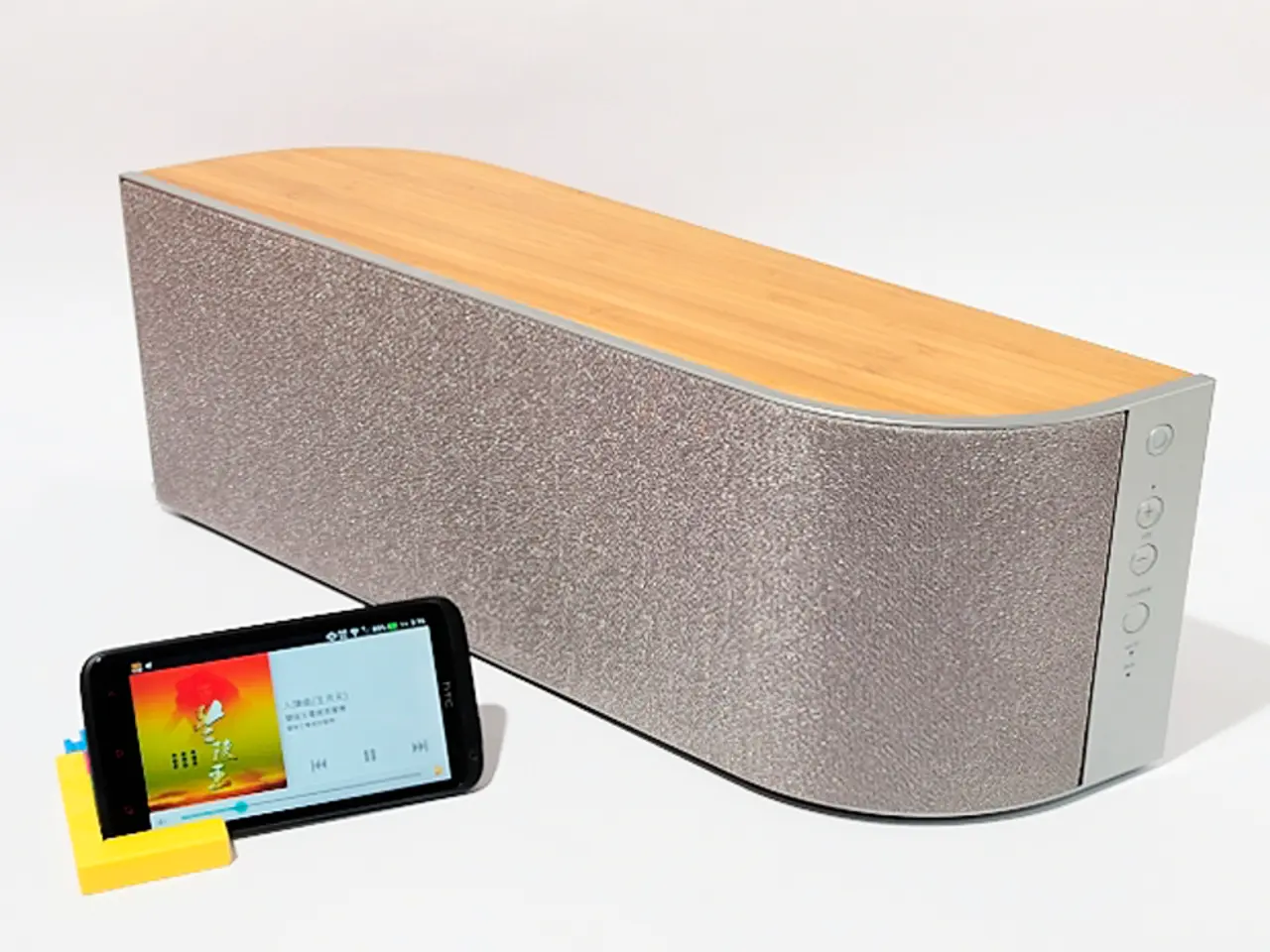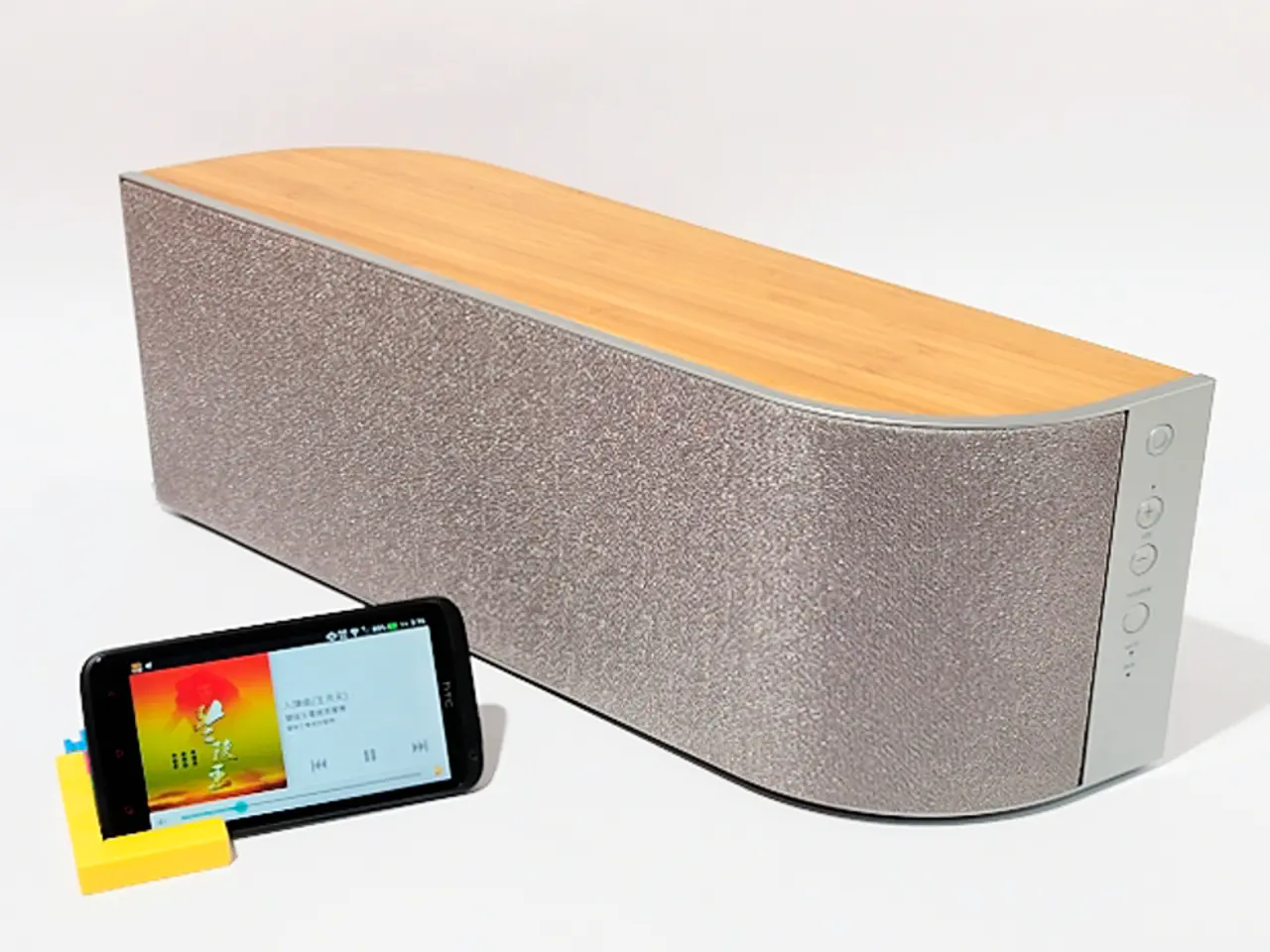Tableau: A Data Visualization Tool for Creating Interactive, Data-Driven Dashboards and Reports.
In the realm of data analysis, Tableau stands out as a robust and user-friendly tool for businesses of all sizes. Owned by Salesforce, this powerful software empowers users to answer questions, discover trends, and form hypotheses about business performance without the need for extensive programming skills.
Tableau's **user-friendly drag-and-drop interface** is a game-changer, allowing even non-technical users to create professional and detailed visualizations. With its intuitive approach, complex charts and dashboards can be built efficiently.
One of the key strengths of Tableau is its **wide data source connectivity**. It supports a vast array of data connectors, including relational and non-relational databases, cloud services, spreadsheets, big data sources, and more. This versatility enables users to blend disparate data sources, creating integrated insights.
The platform offers an array of **advanced visualization options**, from simple charts to complex ones like treemaps, Gantt charts, motion charts, boxplots, and bullet charts. These visualizations help reveal patterns and trends in the data effectively.
Tableau's interactive dashboards and storytelling capabilities are another standout feature. Users can filter and drill down into data, arranging insights as stories for clear communication with stakeholders. Real-time data analysis is also supported, providing up-to-date insights and dynamic viewpoints, especially useful in fast-paced environments.
Since Salesforce's acquisition of Tableau, the tool has enhanced its integration capabilities with Salesforce CRM and other cloud platforms. Recent enhancements like Concierge and Semantic Learning further improve user experience and data interaction.
Tableau offers numerous benefits, including the ability to uncover hidden trends and patterns, simplify complex data, save time, improve communication, and support business intelligence use cases. It excels in ease of use, versatility in data handling, wide visualization options, and interactive analytics, making it a powerful tool for both business intelligence and data visualization purposes across industries.
Tableau does not require SQL knowledge but can connect to SQL server databases. It does not store data within its software, instead offering tools for creating dashboards, charts, reports, and other visualization methods. Sharing tools are available for distributing visualizations within and outside the organization.
To make the most of Tableau, users should have a basic awareness of data organization and labeling, as well as knowledge of various visualization tools and database management skills. The Tableau suite includes desktop, public, online, server, and reader tools for creating, visualizing, and sharing data insights.
Tableau's robust capabilities in data-and-cloud computing technology are evident as it seamlessly connects to a multitude of data sources, enabling users to blend and analyze disparate data effectively. The user-friendly interface, featuring advanced visualization options, caters to both technical and non-technical users, transforming complex data into insightful explanations.




